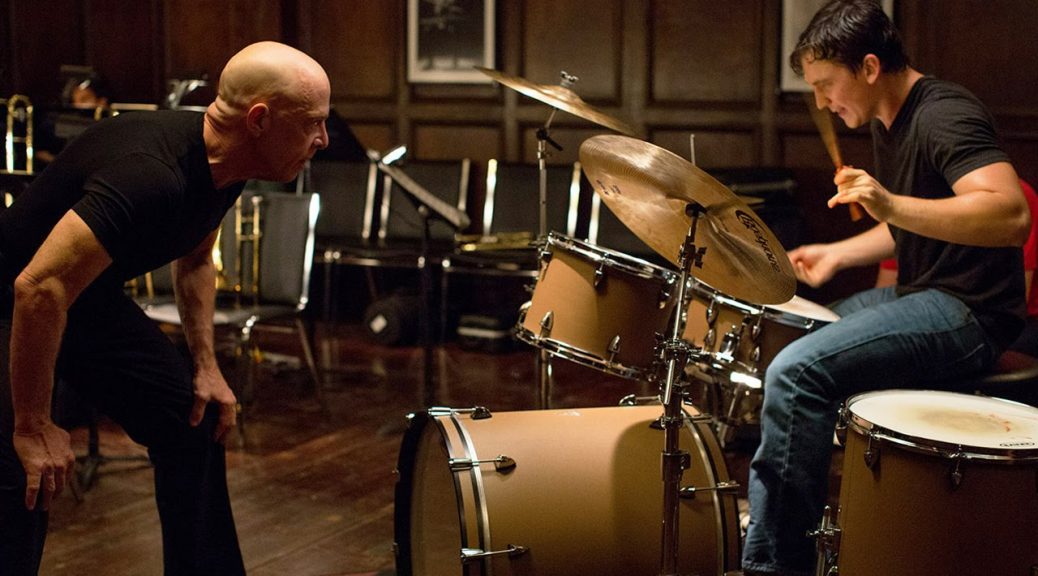High end hype, drums!Posted by Lombarci2 on June 30th, 2018
Why do I write these bits? A lot of forumites have proven to be lazy. They don’t want to read articles at all, let alone anything like this that is longer than two sentences…and happens to support and confirm the opinion they already have. The CajonGuide readers ask a question, and often if someone takes the time to make a proper response, some of them actually get upset. They don’t want to actually hear the truth; they want opinions that corroborate their own. I am writing this as a static reminder that the BS is so deep in the high end drum market that you need full length fishing waders to get through it. It’s always the extreme and the poetic opinions that some folks not only lend weight to, but follow like a lemming over a cliff. The most over praised, and yet over maligned kit is the pearl export. It started out as Asian mahogany, then poplar wood for years. The two most extreme opinions I read almost every single day: Extreme praise: exports sound just as good as high end! Damnation: exports are total crap!Neither are true, but both are based on a germ of reality. The idea that they can sound just as good as high end needs to be taken with not just a grain of salt, but half the shaker. True, you can put nice microphones, drumheads and a sound engineer on them, and yes---the amplified/recorded result will approximate that of any other drum kit. But strip all that stuff away and that’s when the fun starts. Poplar drums sound good, but they are physically incapable of having the same projection, low end or resonance as a quality hardwood shell like maple. Poplar is just too soft of a wood, and a 7.5mm shell just doesn’t transmit sound the same way as a quality 7.5mm rock maple shell does. Same drum heads, same tuning, there is no contest. Pearls own MMX, or for that matter, SMX wins every time. The MMX resonate much better, there is a rounder, fuller tone and superior attack. In 2007, the gap closed. The SMX (Session) line was dropped, and the new export MCX line (Asian maple shells) became the new standard. Pearl exports hardware is not as good as the masters hardware (adjustability or durability) but in my experience, it’s far superior to the flimsy L-arm/rim systems on competing imported kits. The MCX looks like a great kit for the money on paper, and there are better sounding/better values on the market than a poplar shelled export. So that makes it a nice kit with limits in a competitive market. The poplar or mahogany exports are not competitive with high end, nor most intermediate kits. But it is far from being junk, or the worst value. It should be viewed in a balanced perspective, not overblown. High end drums have more elaborate finishesLacquer and paint that is applied by hand costs labor money, and lots of it. Not to mention the sanding and materials themselves. And these finishes are very fragile and easy to damage. High end hardware tooling is more expensive, thanks to heavy duty parts, or specialized designs. The best high end hardware is form following function, and minimal contact with the shell to dampen it. RMV of Brazil uses composite lugs, and the shells sing quite well…no need for expensive overhead and hype: minimal contact does the trick. It always amazed me why someone would blow big bucks on a high end kit, then muffle the snot out of them, effectively making a sound that any drum can make. That’s why it’s no shocker that Joey Jordinson can sound the way he does on an export kit. It’s all staccato thuds, Steve Gadd and Vinnie Coulaiuta frequently play kits that simply thud. But they have spendy high end kits. I guarantee they could duplicate their own sounds on a Sonor 503 mahogany kit or a Yamaha rydeen. Drum machines or Drum LoopsLately I have noticed how many recordings use drum machines or drum Loops to start a song or even for the entire song. We have been experimenting with using a Drum Machine (Boss DR-880) for a few songs and we will be adding it to more as we progress in our knowledge of just how this tool can be used. So far, what I have noticed a few things.
1. Keeps our tempo constant 2. Allows us to establish a Groove relatively easily. 3. Gives The Drummer a backbone to which he can add a lot more accents than he normally could. 4. Helps maintain a current feel/vibe.A few cautions as I have noticed…. 1. Do not use a drum machine to replace your drummer. (That is unless you don’t have one) Use it as an additional instrument (tool) to add color and depth to the rhythm section. If you use it to replace your drummer, you have missed the point. Listem to some recording that use loops and machines to establish the grove. Paul Baloche’s “Offering of Worship” Album uses drum loops with several songs and it will give you a great reference. 2. Make sure the machine is in the ‘bed’ and not louder than the drums or bass.Work with this to make sure it fits with your overall sound. 3. Depending on your congregation, make sure the sounds don’t get too funky. Could be a distraction weather than a help for worship. Just like any other tool, with time if you learn how to use it, it can enhance what your rhythm section does and your overall sound! Like it? Share it! |




